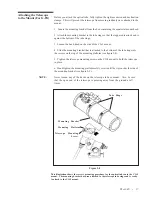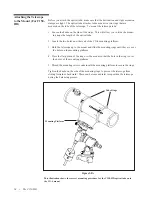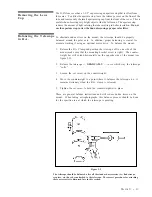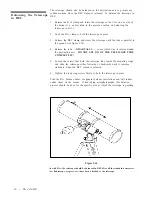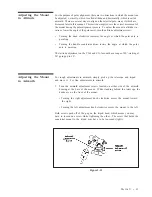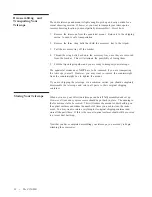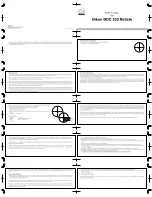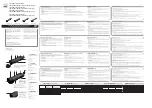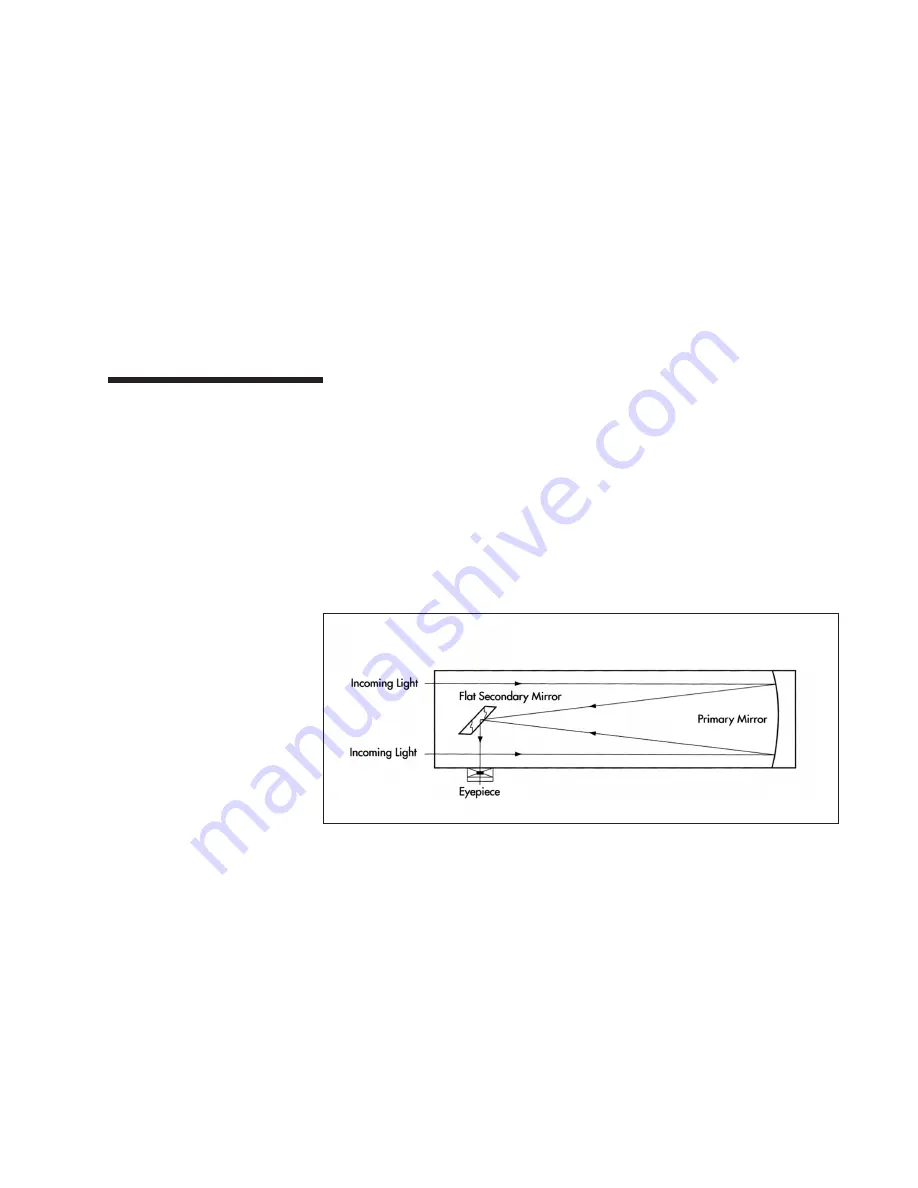
Introduction • 7
FAMILIAR WITH THE CORRECT OPERATING PROCEDURES OF YOUR
TELESCOPE.
NEVER USE AN EYEPIECE SOLAR FILTER OR A HERSCHEL
WEDGE SOLAR FILTER. INTERNAL HEAT BUILD-UP INSIDE
THE TELESCOPE CAN CAUSE THESE DEVICES TO CRACK OR
BREAK.
NEVER POINT YOUR TELESCOPE AT THE SUN UNLESS USING
THE PROPER SOLAR FILTER. WHEN USING A SOLAR FILTER,
ALWAYS COVER THE FINDER. ALTHOUGH SMALL IN APER-
TURE, THE FINDER HAS ENOUGH LIGHT GATHERING
POWER TO POSSIBLY CAUSE PERMANENT AND IRREVERS-
IBLE EYE DAMAGE. THE IMAGE PROJECTED BY THE
FINDER IS HOT ENOUGH TO BURN SKIN OR CLOTHING.
The Newtonian reflector was developed by Isaac Newton in the late 1600’s and
therefore carries his name. This type of telescope uses a primary mirror to focus
the light rays it collects. In addition to focusing the light, the mirror also redirects
them toward the front of the telescope tube where the light entered. Near the front
of the tube, the light rays are intercepted by a small flat secondary mirror (some-
times called an elliptical flat) and directed out of the telescope tube at a 90° angle to
the incoming light rays (see figure 1-1). It is here that the eyepiece is placed to
view the image formed by the telescope. Because mirrors, not lenses, are used,
much larger light gathering areas can be used without fear of gravity distorting
them. Furthermore, these larger aperture systems become much more portable
that comparable refractors.
The Newtonian
Optical System
Figure 1-1
This cross sectional diagram shows the light path of the Newtonian optical system. All
optical elements are labeled.

















